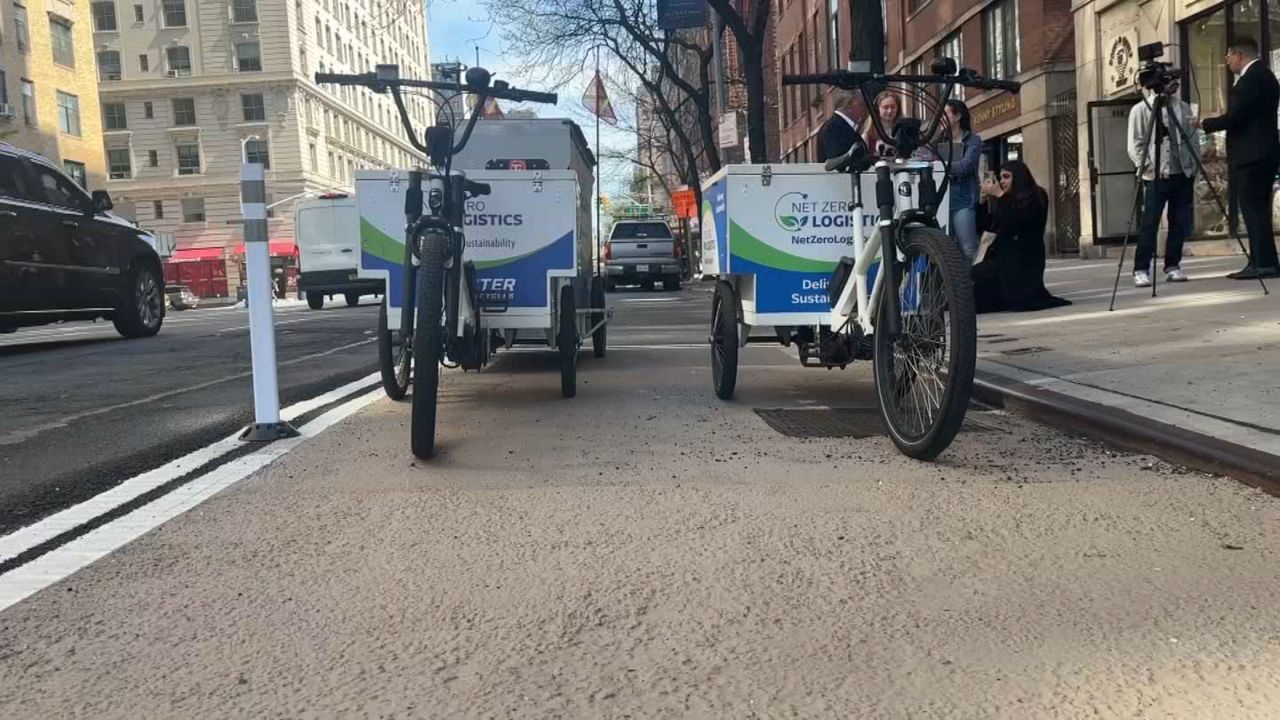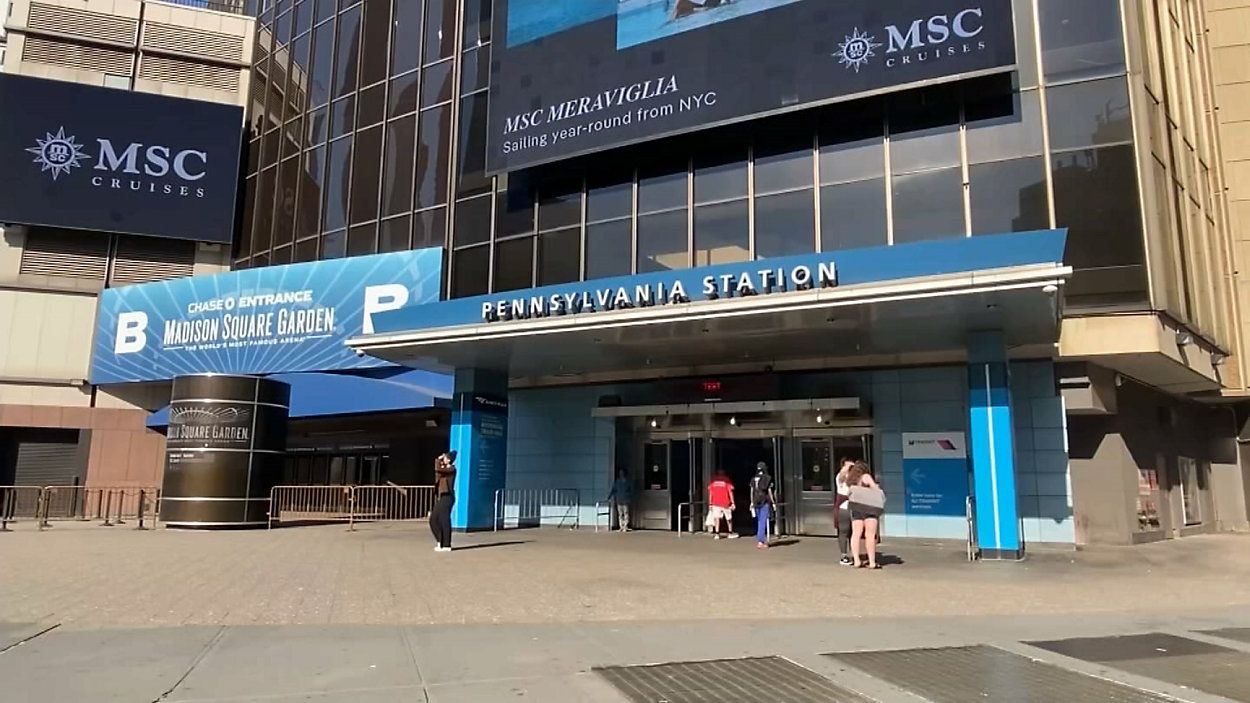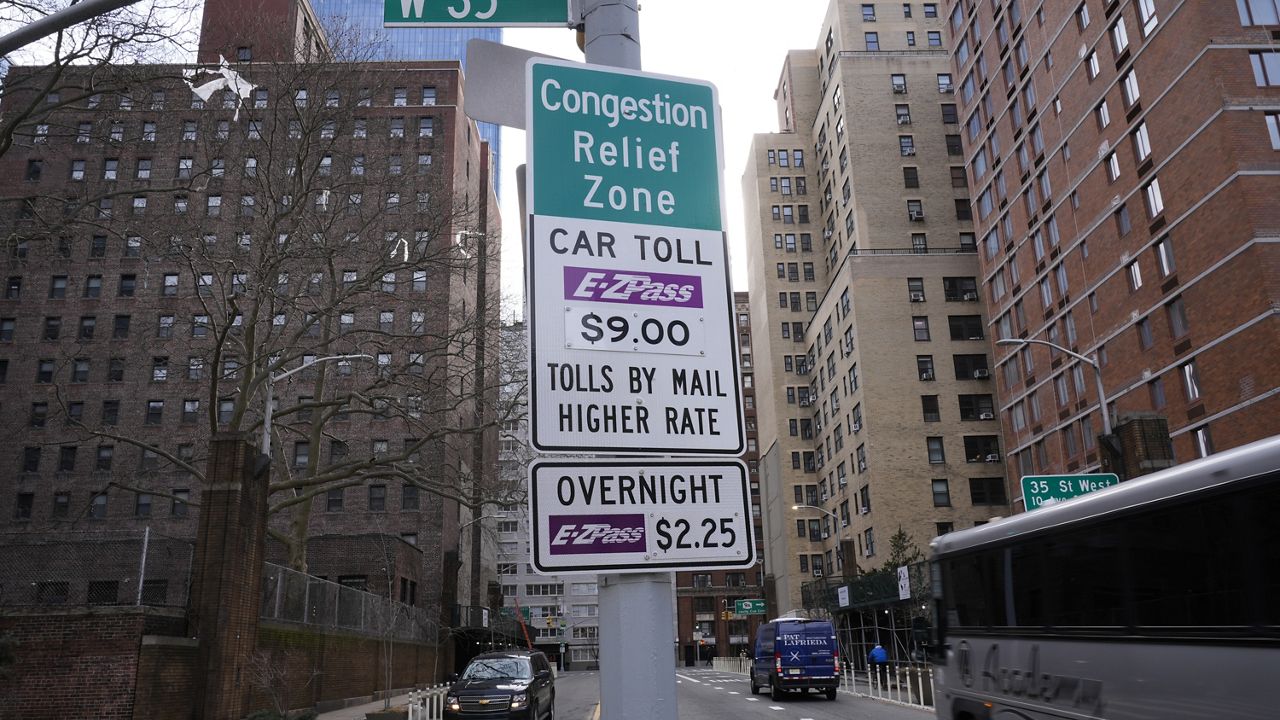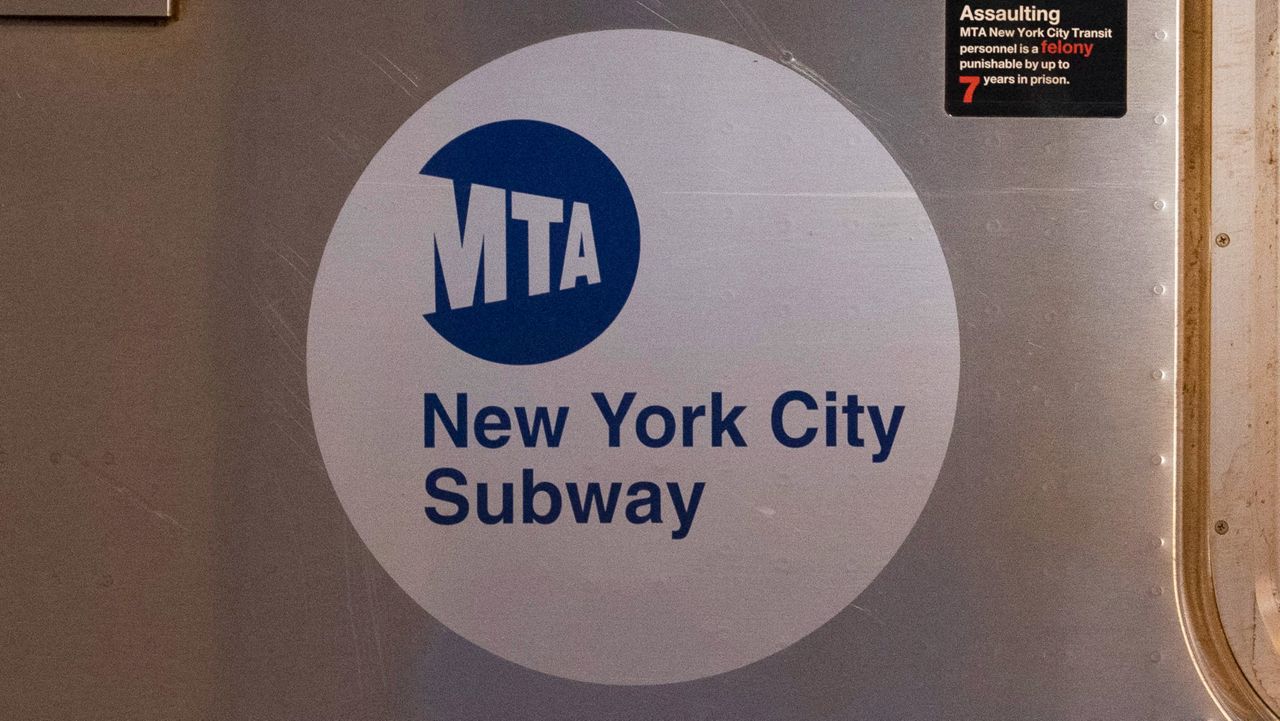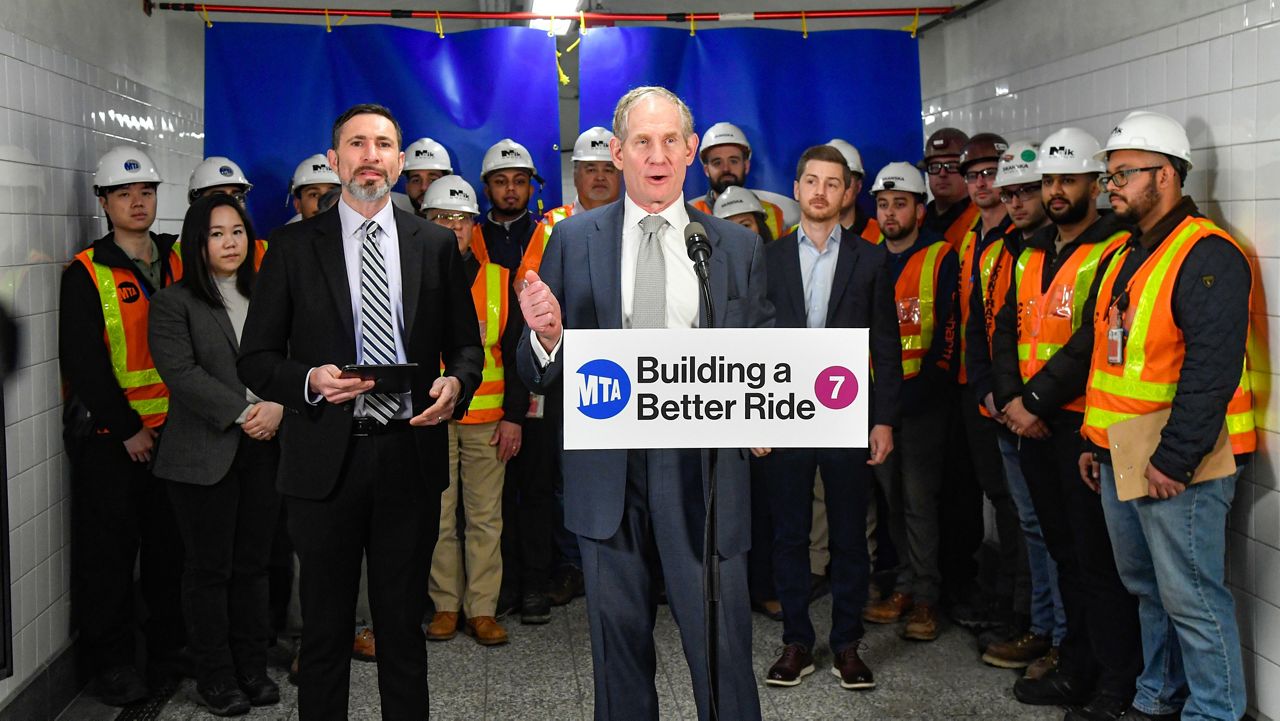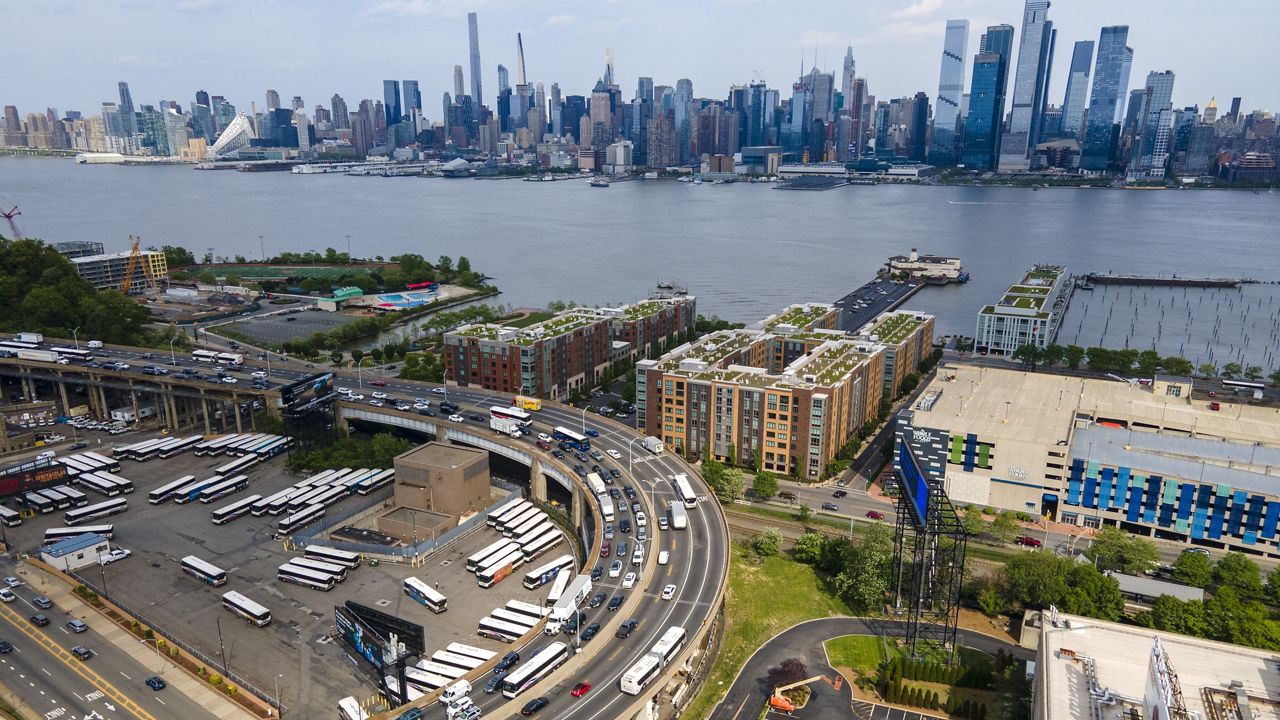The brother of 26-year-old Will O’Neill, who was killed last fall, believes he may have lived if the intersection where he was crossing had what’s called daylighting.
What You Need To Know
- Advocates say daylighting or removing parking within 20 feet of a crosswalk reduced pedestrian injuries by 30% in Hoboken, New Jersey and reduced traffic crashes in San Francisco, California by 14%
- The city Department of Transportation is currently mandated to daylight 100 intersections a year per a bill passed in 2024 by the City Council
- The department is pushing back on the current bill requiring all roughly 40,000 intersections have daylighting and 1,000 a year be hardened with objects bollards or bike racks, saying that a study found indiscriminate daylighting could add 15,000 injuries a year
Daylighting is the removal of a parking space next to the crosswalk so drivers can better see around the corner.
“Will was returning home on a Citi Bike from a night out with friends, when he was struck by a car and flung from the bicycle,” Shane O’Neal said. “I will never forget the surreal life-altering call in the middle of the night from the NYPD officer.”
Now, a bill would mandate the city Department of Transportation implement universal daylighting citywide.
“We know factually across the world that daylighting works,” Queens Councilmember Julie Won, who is the lead sponsor of the bill, said. “Yet we have a DOT that refutes that claim and we’re here to fight back.”
The bill would require the DOT to remove parking within 20 feet of a crosswalk and harden 1,000 of them a year with bike racks, bollards or other objects to prevent parking. Supporters point to success right across the Hudson, and Hoboken’s mayor lending his support.
“Eight years without a single traffic fatality or pedestrian fatality,” Mayor Ravi Bhalla said. “But I want to emphasize that this could not have happened without an aggressive incremental program to implement universal daylighting.”
The DOT says it added daylighting to 1,000 intersections last year, 300 were hardened. But officials during a hearing Monday cited their study that universal daylighting could result in 15,000 more injuries a year.
“The study found while daylighting is a useful tool when used properly, it is not a one-size-fits-all solution,” DOT Deputy Commissioner Eric Beaton said. “And that indiscriminate daylighting could actually have negative effects on safety.”
The report noted that “increased visibility can also give a driver the sense that all possible risks are known, encouraging faster speeds, reduced caution and less attention to the road.”
But supporters say it is just common sense.
“The craziest part is that the law of the land in New York state to require universal daylighting,” Brooklyn Councilmember Lincoln Restler said. “Why does New York City get an exemption? We don’t want an exemption. Why does DOT prioritize parking over safety?”
Currently, DOT is required to daylight 100 intersections a year. The agency says to install hardened daylighting at every one of the city’s roughly 40,000 intersections would cost upwards of $3 billion. But advocates say saving lives is priceless.




